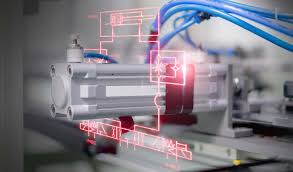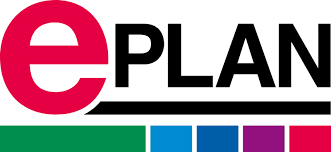EPLAN Fluid uses a fluid, such as liquid or gas, to transfer energy from one point to another. Hydraulic hoses use hydraulic fluid (oil), and pneumatic hoses use gas for this purpose.
Air, cooling, and lubrication systems are designed according to current standards such as ISO 1219. This powerful software easily integrates and interacts with other technical software developed by the EPLAN software team.

EPLAN Fluid is an engineering tool for the automatic layout of schematic documents during the installation and commissioning of fluid technology in hydraulic, pneumatic, and refrigeration systems.
Fluid technology is connected to other engineering disciplines through EPLAN software platforms, allowing various engineering tasks to be performed simultaneously in the engineering process.
EPLAN Fluid has unique features and automated processes that accelerate your planning. A modern user interface with comprehensive start map functionality makes it easy to begin.

EPLAN Fluid Fluid Functions and Properties: